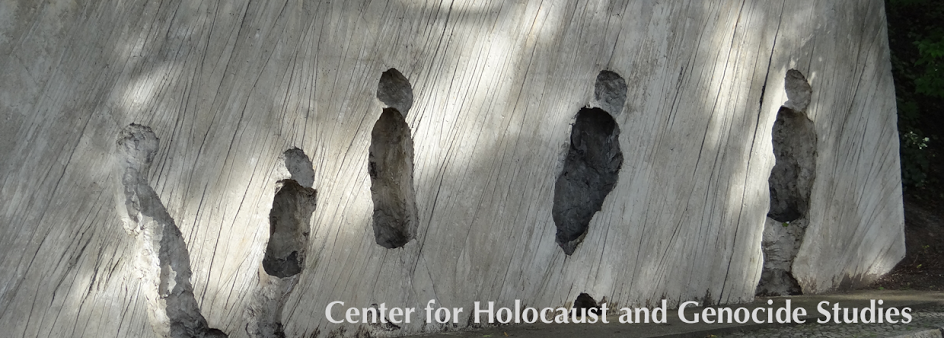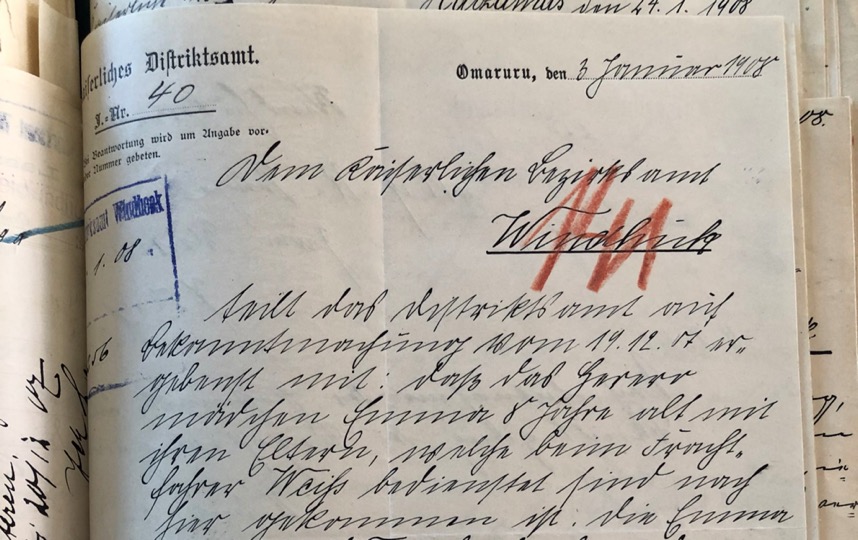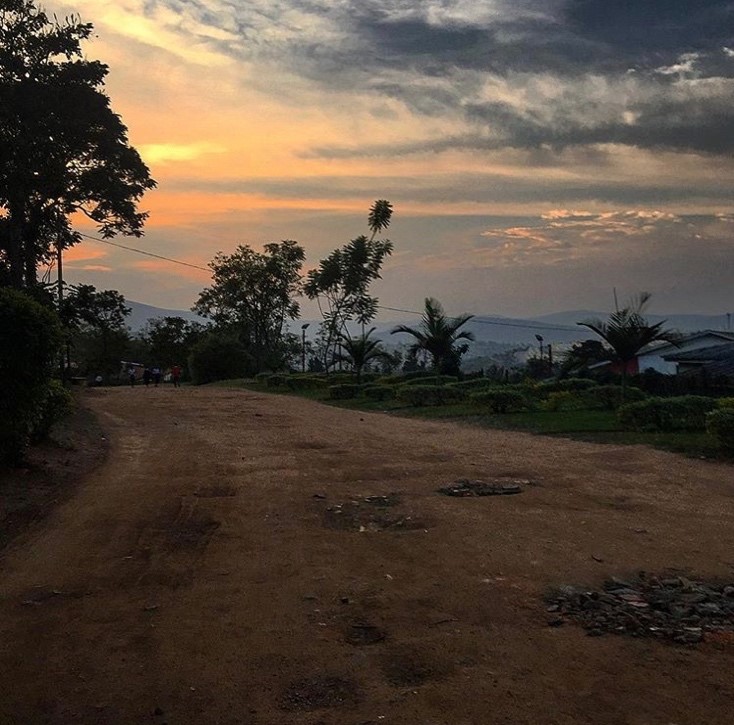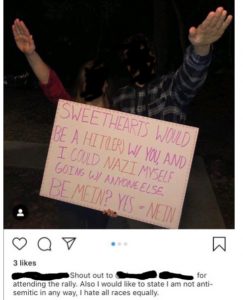Thomas Schmidinger teaches at the University of Vienna in
He is an expert on Syria, Iraq, and Iran and the author of a number of books on migration, cultural integration, and the Middle East, several of which have been translated by U.S. publishers.
Dr. Schmidinger was invited by multiple U.S. Universities, institutions, and bookstores to give a series of lectures this September on his newest book, The Battle for the Mountain of the Kurds: Self-Determination and Ethnic Cleansing in the Afrin
When Dr. Schmidinger arrived at the boarding area on




